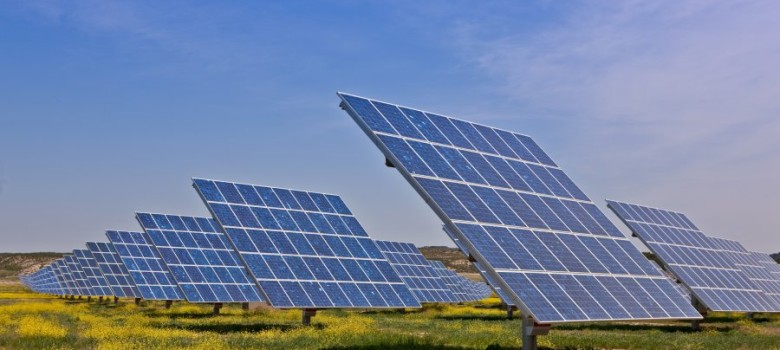
Maximising your solar PV return
It goes without saying that the bigger your solar array, the more electricity it will produce, but how else can you be sure you are maximising your return?
Orientation of the panels
Solar panels in the northern hemisphere perform best when facing due south. This ensures that they receive the maximum exposure from the sun as it travels east to west. There is little point putting solar panels on a north-facing roof, so you may need to install them on a solar array mounting on the ground to ensure you can get the panels angled in a southerly direction.
There are different types of solar array mounting, but you can get fully automated tracking solar mounts. These mountings track the movement of the sun to ensure that the angle of the solar array is maximising exposure to sunlight at all times. These are expensive, but they also make sure you are getting the best yield.
Casting shadows on your solar PV array
It is important to ensure that shadows won’t fall on the solar panels during the peak sunlight hours, as this will obviously adversely affect the output of your solar system.
The effect of shadowing is amplified if your solar PV array has been set up with string inverters. In this setup, each panel is connected to the next panel in a series of strings, with each panel feeding a DC current to the inverter. When a cell underperforms, bypass diodes reroute the current around the underperforming cells. The problem is that rerouting the current loses not only the potential energy from these cells, but also lowers the entire string’s voltage.
The inverter then has to decide whether to optimise the voltage of the underperforming string or maximise the energy harvest from the unaffected strings. Normally the inverter chooses to optimise the voltage of the underperforming string, causing the performance of the whole string of panels affected to drop significantly. Just 10% shading of a solar PV panel can result in a 50% decline in output in this type of setup.
Solar arrays with micro inverters do not suffer anywhere near as badly from shading compared to the arrays with string inverters.
As a result of the shading issue, it is important to ensure that shadows won’t fall on the solar cells during peak sunlight hours as this will obviously adversely affect the output of your solar system. It is also important to have the foresight to predict tree growth in the coming years, as solar panels should go on producing electricity for 25 years; therefore trees that are currently of no concern could very easily grow to sufficient size in 15 years to cast shadows, diminishing the power producing capability of the solar photovoltaic system.
Keeping your solar panels clean
The operating efficiency of a solar PV panel is dependent on the amount of sunlight that hits it, so if you panels are covered in dirt they are going to produce less electricity. It is suggested to wash your solar panels 2-3 times per year for maximum efficiency. We cover the various techniques for cleaning your solar array here.
You should also coat your solar panels with protectant to reduce reflection and increase transmissivity.
Ambient temperatures of the panels
One of the key factors impacting the amount of electricity your solar panels produce is the temperature at which they operate. It is easy to presume more sun and therefore heat results in more electricity but this is wrong. Different solar panels react slightly differently to the operating ambient temperature, but in all cases the efficiency of a panel will decrease as the temperature increases.
The negative impact of temperature on solar panel efficiency is known as the temperature coefficient.
Solar panels are power tested at 250C, so the temperature coefficient percentage illustrates the change in efficiency as it goes up or down by a degree. For example if the temperature coefficient of a particular type of panel is -0.5%, then for every 10C rise, the panels maximum power will reduce by 0.5%.
So on a hot day, when panel temperatures may reach 450C, a panel with a temperature coefficient of -0.5% would result in a maximum power output reduction of 10%. Conversely, if it was a sunny winter’s morning, the panels will actually be more efficient.
It is therefore really important to maximise airflow around the panels to try to keep them cool so their efficiency isn’t negatively impacted. Rather than installing panels flat against your roof, you could try lifting them slightly to allow air to circulate underneath.
Use more of the electricity in your home
As mentioned in the solar PV costs section, it is best to use the electricity you produce from your solar PV array in your home, since that means you don’t need to buy it at 15p from the electricity company. Selling the electricity back to the grid means you are eligible for the export tariff which is only 4.5p/kWh.
One way to do this is with a solar diverter. These send excess energy that isn’t being used by your appliances to your immersion heater instead, helping to heat your water.
You can also make behavioural changes to ensure that you are using as much of your self-generated energy as possible. It is worth changing some of your energy usage behaviour. For example, it is better to run washing machines and dishwashers during the day – so set them to start as you leave for work.
The other way to use all the electricity you produce is by incorporating batteries into your solar PV array. Batteries will increase the upfront cost of your array and will require maintenance, but can be really worthwhile in the long run. Any electricity you produce during the day can be stored in the batteries and then used as and when you require it.
Final thoughts on investing in a solar PV system
Having received quotes for solar PV installation, you need to run the numbers to see if it makes financial sense for you to invest. It is important to bear in mind though, that solar photovoltaic arrays are modular, therefore new panels can be introduced at later dates as finances allow, further increasing the electrical output potential of your system.
Installing a solar photovoltaic array on your property should not be solely a financial decision though; you should also take into account energy security.
As demand for electricity in the UK continues to increase, the supply side is not keeping up. Over the next 3 years, 8 of the UK’s coal power plants are going to close, due to EU legislation on emissions, and by the end of the decade some of our nuclear capacity is also due to be decommissioned. Experts have predicted that the UK could face blackouts in the next few years.
A solar photovoltaic system can therefore reduce your reliance on energy companies, helping to minimise the impact of energy scarcity on you and your family in the future.
Installing Solar PV
Are you thinking about installing a solar PV system at home? We have scoured the country for the best tradespeople, so that we can make sure we only recommend those we really trust.
If you would like us to find you a local installer to help install a solar PV system in your home, just fill in the form below and we will be in touch shortly!



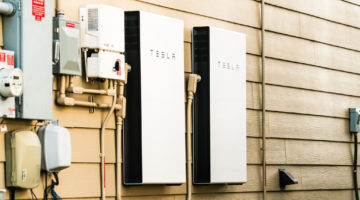
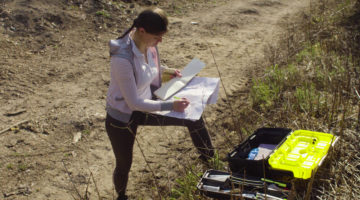
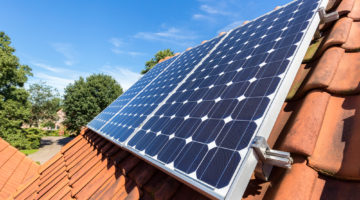
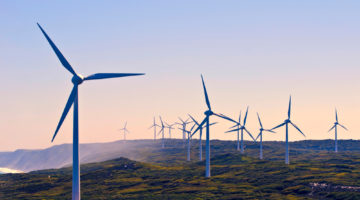





this is bo***cks the only way to maximise return is to increase the hours of sunlight in a day…